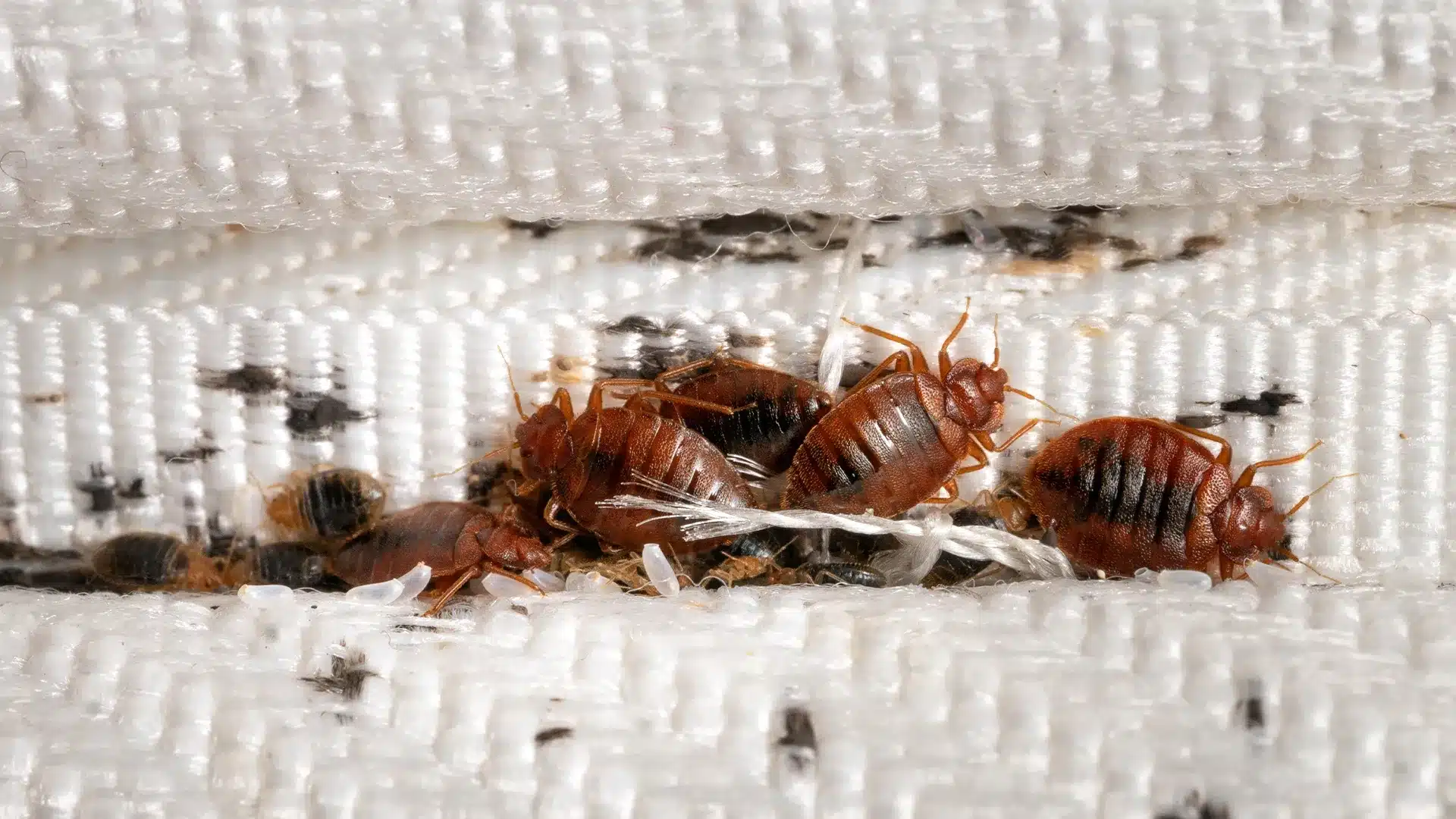Discovering the Scientific Research Behind Bed Bug Warmth Treatments as a Lasting Insect Monitoring Approach
In the world of parasite administration, the quest for efficient and sustainable options continues to be a continuous quest. One such method that has acquired grip over the last few years is using warmth therapies to fight bed bug problems. By utilizing the science behind thermal fatality factors for these consistent parasites, heat treatments use a promising option to typical chemical-based methods. The details of how warm successfully removes bed bugs and the more comprehensive implications for lasting pest administration techniques make this a topic worth discovering further.
Bed Bug Warmth Treatment Refine

Thermal Death Factor for Bed Bugs
Revealing bed insects to elevated temperature levels past their thermal tolerance array is important for achieving efficient eradication in warm treatment procedures. The thermal death factor for bed insects describes the temperature level at which these insects can not survive. Research study indicates that bed pests begin to perish when revealed to temperature levels above 113 ° F(45 ° C) for a sustained period. As the temperature level boosts, so does the mortality rate of bed insects. At around 118 ° F(48 ° C ), bed pests start to die swiftly, with a death price of nearly 99% within mins of exposure. This shows the level of sensitivity of bed pests to high temperatures and highlights the effectiveness of heat therapies in removing infestations. By reaching and keeping temperatures over the thermal death factor for bed insects, bug monitoring professionals can guarantee thorough removal of bed bug populations, including hard-to-reach locations where chemical therapies might be much less reliable. Understanding the thermal death point for bed pests is important for carrying out effective heat therapy techniques and accomplishing lasting bug monitoring outcomes.
Benefits of Warmth Treatments
Having developed the crucial thermal fatality point for bed insects, it is necessary to now explore the substantial advantages that warmth treatments use in properly removing these resilient parasites. One of the main advantages is that warm can penetrate deep right into cracks and holes where bed pests hide, making sure that also the most hard-to-reach locations are warmed to deadly temperatures.
Moreover, heat treatments are eco friendly and safe, making them a lasting parasite administration approach. Unlike chemical pesticides, heat treatments do not leave dangerous residues that can pose dangers to human health or the environment. This aspect is specifically essential in delicate atmospheres such as health centers, schools, and houses where chemical usage might not be preferable.
In addition, warmth therapies have a high success rate in eliminating bed bug infestations in a solitary therapy, reducing the demand for numerous visits and minimizing disruption to residents. This effectiveness not find more only saves money and time but also offers peace of mind to those managing bed insect issues.
Efficiency of Heat Treatment

Warmth therapies have the added benefit of killing bed bug eggs, which are usually immune to traditional chemical treatments. Generally, the efficiency of warmth therapies in getting rid of bed bug infestations makes them a trustworthy and lasting bug monitoring technique.
Lasting Insect Monitoring Benefits
Carrying out sustainable parasite administration methods uses long-term benefits for both the setting and public health. By making use of methods such as heat treatments for bug control, we can minimize the dependence on hazardous chemical pesticides that can have damaging results on communities and human health and wellness - DC exterminator. Lasting insect administration approaches help in preserving biodiversity by targeting particular insects without hurting non-target microorganisms, thereby preserving a well balanced ecosystem
Moreover, sustainable bug monitoring methods contribute to the general health and health of the public. By minimizing exposure to poisonous chemicals used in typical pest control techniques, heat treatments give a much safer choice for pest administration in residential, industrial, and public spaces. This decrease in chemical use likewise helps in protecting against pesticide deposits from contaminating water, dirt, and air, guarding ecological high quality.
Conclusion
To conclude, bed pest warmth therapies have been revealed to be a reliable and sustainable bug management method. The thermal death factor for bed bugs makes them at risk to heat treatments, which have countless advantages over standard chemical treatments. The efficiency of warmth treatments in removing bed bug infestations while decreasing environmental impact highlights the capacity of this approach as a sustainable remedy for pest control.
The bed pest heat therapy procedure entails raising the temperature level within infested locations to a level that properly eliminates bed insects and their eggs. By getting to and maintaining temperatures above the thermal death point for bed bugs, pest management specialists can guarantee extensive elimination of bed pest populaces, consisting of hard-to-reach areas where chemical treatments might be much less efficient. One of the main advantages is that heat can penetrate deep into cracks and crevices where bed bugs conceal, ensuring that even the most hard-to-reach areas are heated to lethal temperature levels. Unlike chemical therapies that might leave behind immune populaces, warmth therapies supply a safe and ecologically friendly service that can penetrate deep right into furniture, walls, and various other hard-to-reach areas where Click Here bed pests conceal.
The thermal death factor for bed bugs makes them susceptible to warmth treatments, which have numerous benefits over conventional chemical treatments.